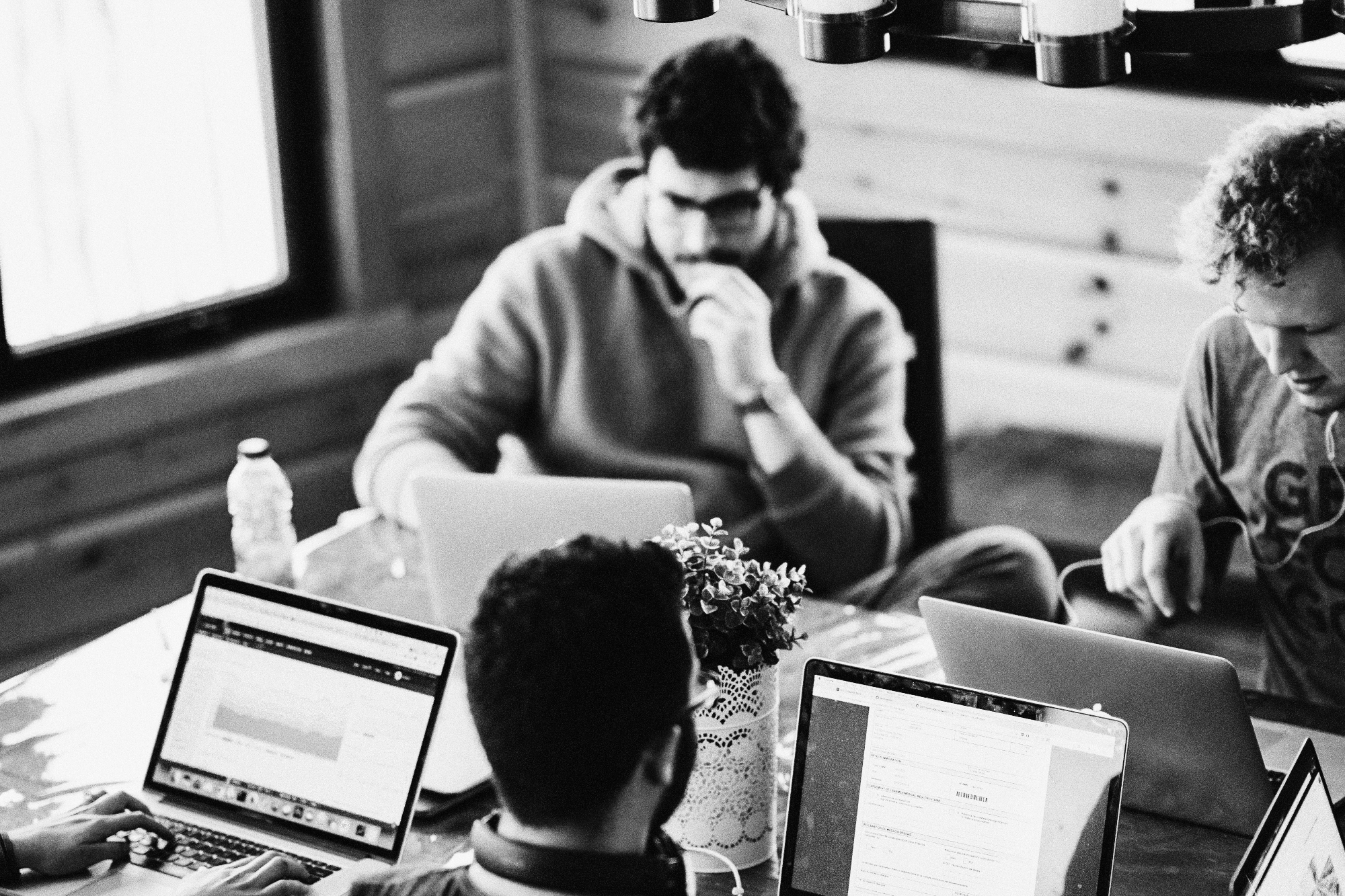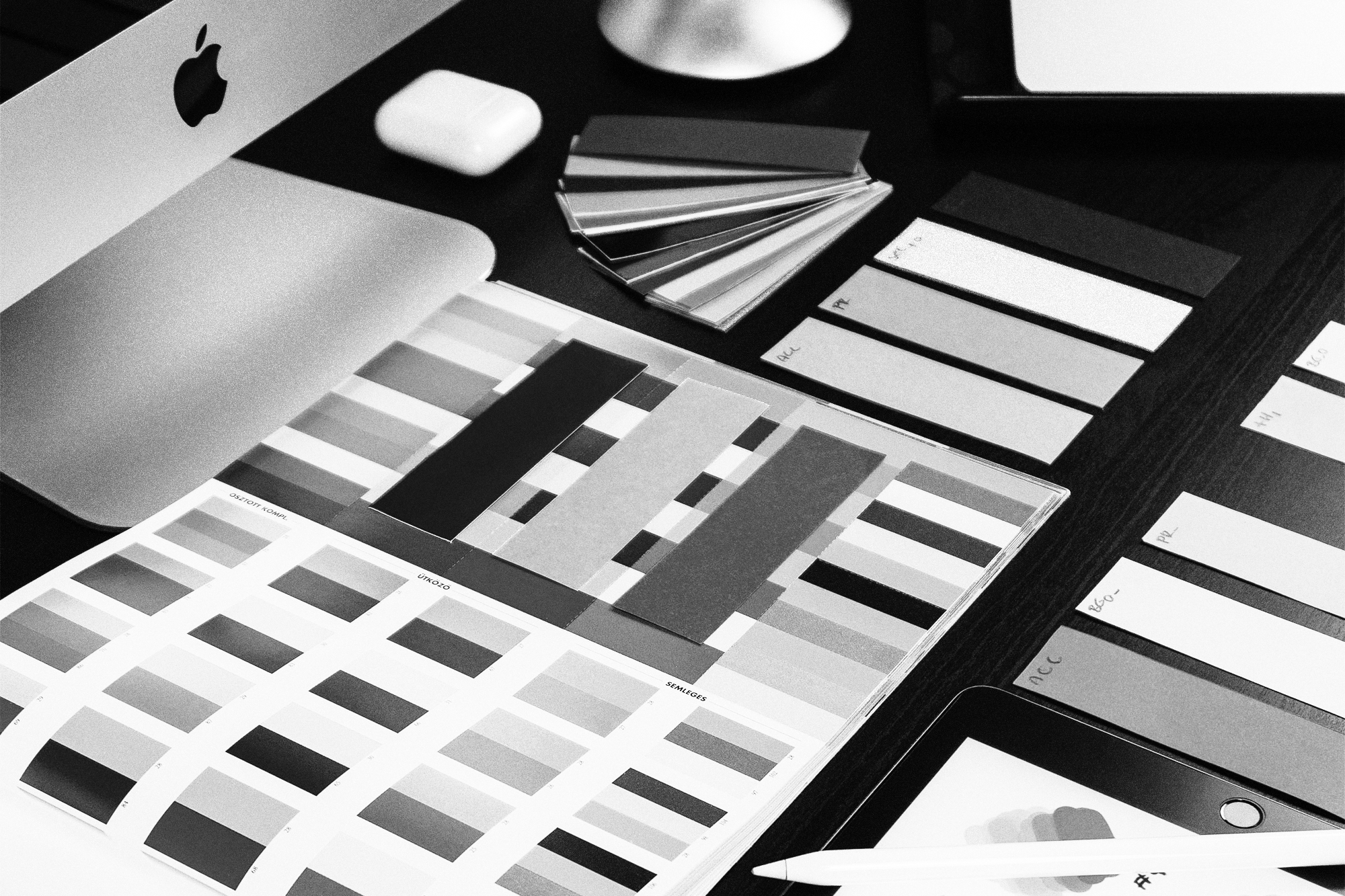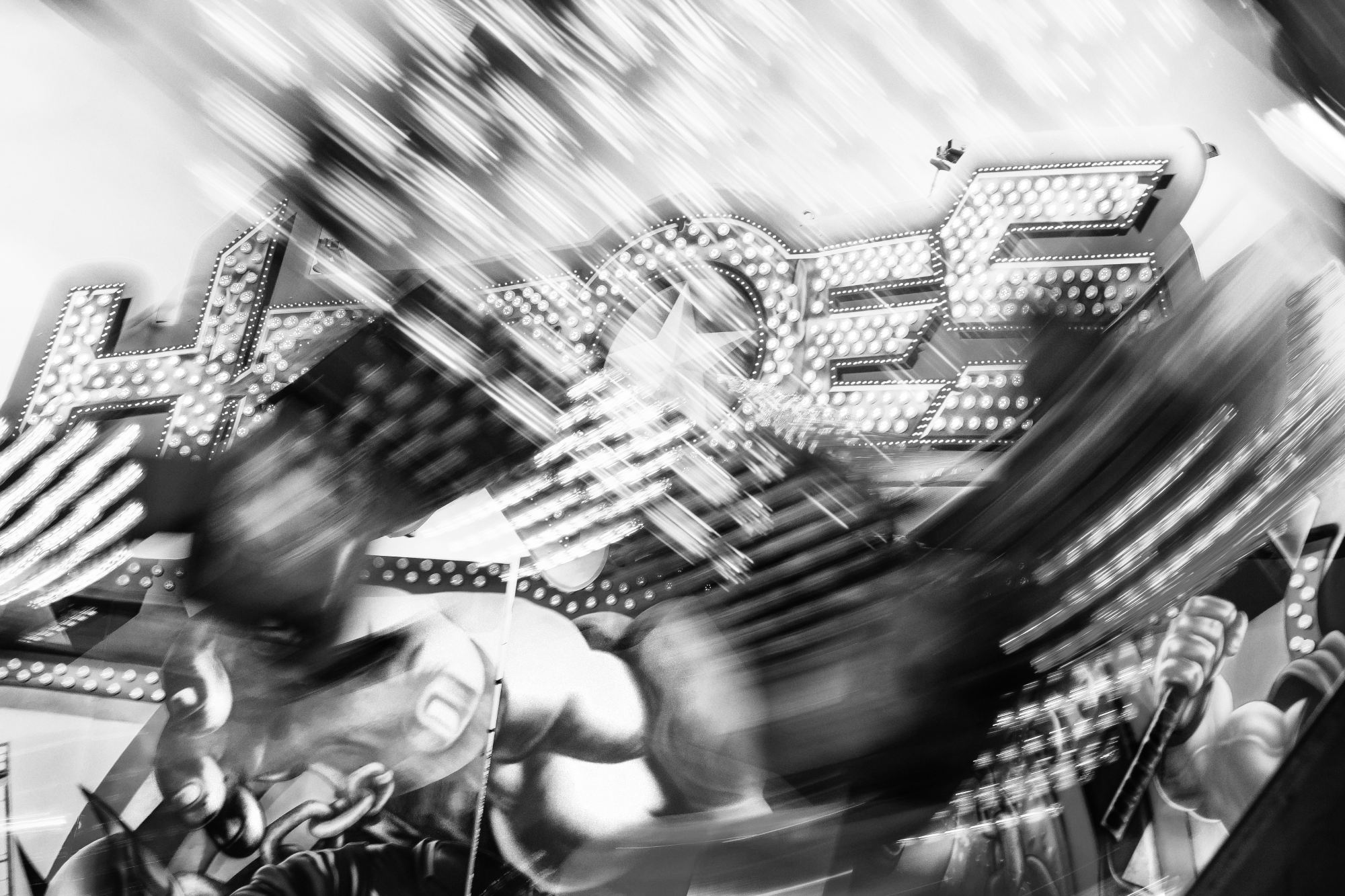True collaboration at the design and development stage of any project is key to creating strong work. Working harmoniously together, the technical capabilities of the developer should feed into the creative vision of the designer, and vice versa. A consistent design system can provide a solid launchpad to achieve this.
A design system is a collection of reusable components, guided by clear standards. It allows for a consistent UI language and streamlined UX guidelines that the designer and developer can trust to successfully answer a brief. With brand touchpoints reaching over multiple channels and platforms, a clear and consistent user journey can be achieved by referencing a central design language. Building a library of design patterns, rules, and UX guidelines prevents inconsistencies and ensures that the best work is being delivered.
“The problem facing design today isn’t a shortage of skills or talent, but that design doesn’t scale when you move from a few screens of designed components to a platform of developed patterns where adding people only complicates the problem… hence design systems.” – Vikram Babu, Product Designer at Gigster
A comprehensive design language also needs to inform the customer journey. When Stanley Wood, Design Director at Spotify, joined the design team he was shocked at the lack of consistency in elements across Spotify’s product. He asked the question: “How does a team of distributed designers, spread across different time zones, projects, and competing objectives ever find a way to work together so they can create one coherent experience?”
Aware that maintaining these principles was the challenge, they created a set of principles that later evolved into Spotify’s Design Language System, GLUE (a Global Language for a Unified Experience) which became available to anyone working within the company. UI toolkits for design tools that reflect the same styles and components are essential for kickstarting projects, Stanley points out. By implementing this set of guidelines for the company they successfully honed the intentions of designer and developer alike to enhance the user journey.




